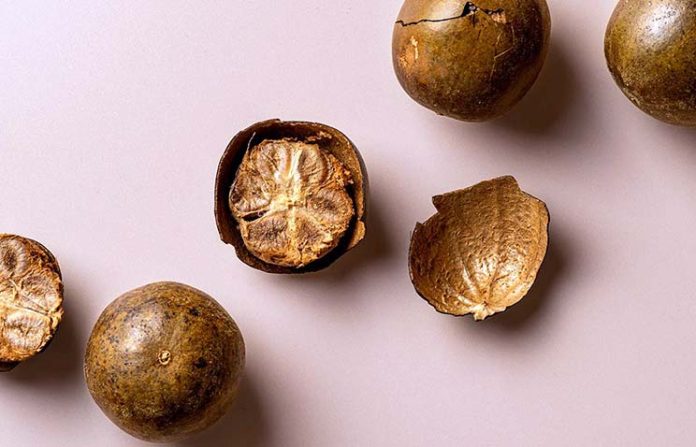Monk fruit, a small, round fruit native to southern China, has gained significant attention as a natural sugar alternative. In this blog, we will delve into the fascinating world of monk fruit sweetener, uncovering its origin, production process, remarkable sweetness, and potential benefits. Let’s embark on a journey to discover the sweet secret of monk fruit.
Understanding Monk Fruit Sweetener
Monk fruit sweetener is a natural sugar substitute derived from monk fruit (Siraitia grosvenorii). The sweetness of monk fruit comes from a specific compound called mogroside, which has extracted from the fruit. What makes monk fruit unique is its intense sweetness, which is over 100 times sweeter than sugar. This incredible sweetness allows for using smaller amounts of a monk to achieve the desired level of sweetness in food and beverages.
Moreover, monk fruit is a calorie-free option, making it an attractive choice for individuals looking to reduce their calorie intake. This attribute is particularly beneficial for those aiming to manage their weight or follow a low-calorie diet. Additionally, monk’ has a low glycemic index, meaning it has a minimal impact on blood sugar levels, making it suitable for people with diabetes or those concerned about their blood sugar control.
The Production Process of Monk Fruit Sweetener
To obtain monk fruit sweetener, the fruit undergoes a careful extraction process. Initially, the monk fruit has crushed to extract its juice, which contains the naturally occurring mogrosides responsible for its sweetness. The juice is then subjected to further extraction methods to isolate and purify the mogroside compounds. This refining process ensures the removal of impurities while retaining the pure sweetness of the monk fruit. Stringent quality control measures have implemented to guarantee the consistency and safety of monk products.
Also Read: Unveiling the Dark Delight: Goth Ihop Ero Honey
Advantages and Uses of Monk Fruit Sweetener

Monk fruit sweetener offers several advantages and finds various applications in the food and beverage industry. Firstly, its lack of calories provides a guilt-free sweetness for individuals aiming to reduce their caloric intake. It serves as a suitable alternative for those following weight management programs or simply seeking healthier options.
Furthermore, the monk has gained popularity among people with diabetes due to its minimal impact on blood glucose levels. It allows individuals to enjoy sweet flavors without causing significant spikes in blood sugar, providing a safer option for maintaining diabetic control.
Additionally, the monk is compatible with low-carbohydrate and ketogenic diets. These diets typically restrict sugar and high-carbohydrate foods, making monks an excellent choice for sweetening meals and beverages while adhering to the diet’s principles.
The versatility of monk fruit is another remarkable feature. It can be used in a wide array of culinary creations, including baked goods, beverages, sauces, and dressings. Incorporating monk into recipes allows for the reduction of added sugars while preserving the desired level of sweetness.
Potential Drawbacks and Considerations
While monk fruit sweetener offers numerous benefits, it’s important to exercise moderation and consider individual factors. Some individuals may experience gastrointestinal discomfort when consuming monk fruit sweeteners in large quantities. Therefore, it is advisable to consume it in moderation and listen to your body’s response.
It’s crucial to note that even though monk fruit sweetener is a natural and calorie-free option, it should be used as part of a balanced diet and healthy lifestyle. Relying solely on sugar substitutes may lead to a skewed perception of sweetness and may not address underlying dietary concerns.
Conclusion
Monk fruit sweetener, derived from the monk fruit’s mogroside compound, presents a remarkable natural alternative to sugar. With its intense sweetness, lack of calories, and low glycemic index, monk fruit sweetener offers an appealing option for individuals striving for healthier dietary choices. Its versatile applications in various recipes make it an accessible and convenient substitute. However, it’s essential to consume monk fruit in moderation and consult with healthcare professionals for personalized advice. Embrace the sweet secret of monk fruit and savor the delightful flavors it brings to your culinary endeavors.

